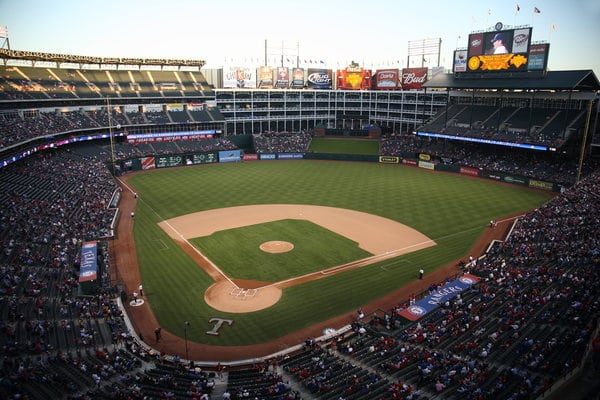Demand for action on foul ball injuries continues to mount in the week following Brooklyn realtor Jordan Skopp’s August 6 public offer to pay to install extended protective netting at Yankee Stadium and at the Mets’ Citi Field. Skopp made the offer after becoming fed up with lack of progress on this important public safety issue.
Just two days later, on August 8, in a public letter, U.S. Senators Dick Durbin and Tammy Duckworth called for Major League Baseball (MLB) Commissioner Rob Manfred to establish a registry of foul ball injuries: “We are writing to encourage Major League Baseball to collect and report data about fan injuries at MLB baseball stadiums. This will provide a more honest public dialogue and help protect baseball’s biggest (and littlest) fans.”
Mr. Skopp is now expanding his original offer: Mr. Skopp will pay the cost of installing foul pole-to-foul pole protective netting at ANY Major League Baseball stadium, from Boston to Miami, Houston to Seattle, for the first two teams to take him up on his offer. “Like many Americans, I’m tired of hearing about what we CAN’T do to solve basic problems. We know what needs to be done. It’s time for action,” Skopp said.
In just the past few months, there have been a string of serious foul ball injuries: a woman hospitalized in Los Angeles after a Cody Bellinger foul ball injury at Dodger Stadium; a woman hospitalized after being struck by a foul ball line drive while attending an August 4 Texas Rangers game; and a 2-year-old girl suffered a skull fracture and seizure in Houston after being struck by a foul ball hit by Albert Almora Jr. Almora was visibly distraught after the incident and had to be consoled by teammates.
Earlier this season, in June, Senators Durbin and Duckworth called on Major League Baseball to install extended safety netting from foul pole to foul pole. Shortly thereafter, both the Chicago White Sox and Washington Nationals installed extended netting, pole to pole at their stadiums.
Following his August 6 announcement, Mr. Skopp has received emails and letters of support from families of those seriously injured by foul balls. One mother, whose child was hit by a line drive at an MLB game and required facial and brain surgery, wrote: “Thank you, thank you, thank you! There is now NO REASON for our NY MLB teams not to install full netting….Anyone who says (my child) should have paid attention (to the game) truly doesn’t understand the logistics and speed of a baseball hit by a very talented hitter!”
Another letter from a man who says he himself was injured by a foul ball several years ago, said: “Thank you SO much!…I am in touch with scores of injured fans across the country – rest assured we all really appreciate your making the point of the Yankees and Mets’ intransigence and MLB’s unacceptable failure to take action. Well done!!”
Dismissing scattered arguments that extended netting will somehow dampen the fan experience, Mr. Skopp notes: “Expanded netting hasn’t hurt the fan experience in Japan, where all stadiums have it. And it hasn’t hurt the fan experience in Chicago or D.C. since they installed expanded netting this season. And something else that hasn’t been hurt in those stadiums with pole to pole netting: the fans!”
Many MLB players have urged action as well. Cleveland Indians shortstop Francisco Lindor pleaded for more safety netting after his foul ball struck a 3-year-old girl in July. “I encourage every MLB team to put the nets all the way down [to the poles],” Lindor said.
“Baseball should absolutely extend the nets down the lines to protect fans. As new ballparks bring fans closer to the action, their safety should be a top priority. As players, we want fans to be able to safely & comfortably enjoy the game without fearing for their safety,” Sean Doolittle of the Washington Nationals said.
Mr. Skopp looks forward to meeting with team officials from any Major League team: “Leadership on this issue may come from any of our cities, in any part of the country. Let’s get this done.”
—
Photo Credit: Frank Romeo / Shutterstock.com
